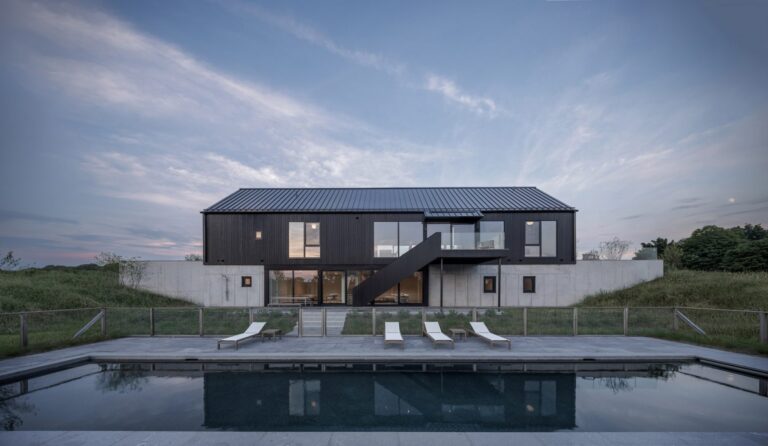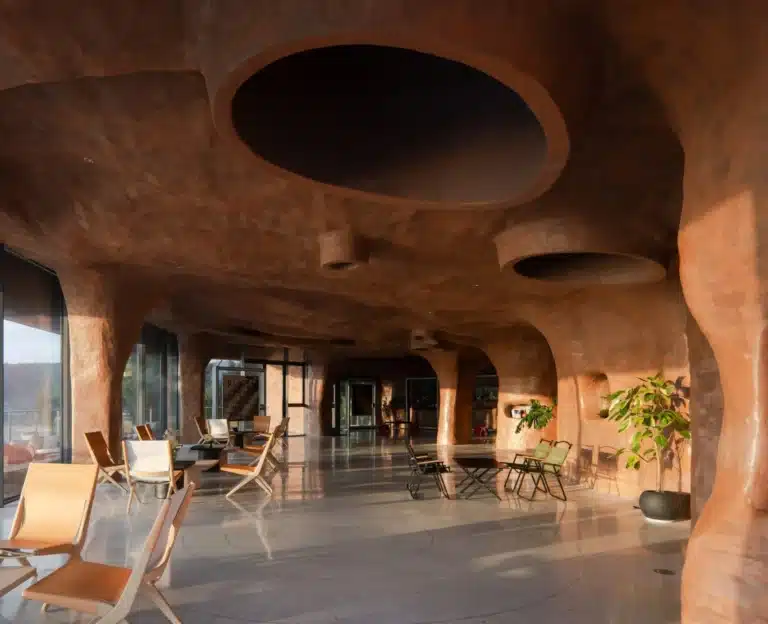Solar Energy in Homes The Future of Sustainable Building and Clean Power Solutions
In a world increasingly affected by climate change and rising energy demands, solar energy has emerged as one of the most innovative and impactful solutions available today. No longer just an exciting idea or futuristic concept, solar power has become a fundamental part of modern home design especially with the global shift toward environmental sustainability and energy efficiency.

How Do Solar Panels Really Work?
Solar panels may seem like high-tech magic, but the science behind them is surprisingly straightforward. They rely on photovoltaic cells , usually made from silicon , the same material used in computer chips.
When sunlight hits these cells, it energizes electrons inside the silicon, creating an electrical current. This generates direct current (DC) electricity, which then gets converted into alternating current (AC) using a device called an inverter the type of electricity that powers your lights, air conditioning, fridge, and other household appliances.
Types of Solar Panels:
| Type | Description | Efficiency | Cost |
|---|---|---|---|
| Monocrystalline | Made from a single silicon crystal, known for high efficiency and sleek appearance | 18–22% | High |
| Polycrystalline | Made from multiple silicon crystals, slightly less efficient but more affordable | 15–17% | Medium |
| Thin Film | Lightweight and flexible, made from thin layers of photovoltaic material | 10–13% | Low |

Practical Uses of Solar Energy in the Home
Gone are the days when solar energy was only about generating electricity. Today, it powers many aspects of daily life making homes smarter, greener, and more self-sufficient.
1. Generating Electricity for Your Home
This is the most common use of solar energy. A well-designed system can supply most if not all of your household’s electricity needs, from lighting to powering electronics and appliances.
2. Heating Water
Instead of relying on electric or gas water heaters, you can install a solar water heating system . There are two main types:
- Active systems : Use pumps and heat transfer fluids.
- Passive systems : Rely on natural convection and gravity.
3. Interior and Exterior Lighting
Did you know you can light up your garden or porch using LED lights powered entirely by the sun? No wiring, no bills just sunlight during the day and soft, eco friendly lighting at night.
4. Home Security Applications
Solar-powered cameras and motion sensors offer continuous protection without interruption. These are especially useful in remote areas or places where connecting to the grid isn’t easy.
5. Cooking with the Sun
Yes, you can cook food using only sunlight! Solar ovens are simple, effective, and widely used in regions with strong sunlight.
6. Smart Ventilation
Some solar-powered fans help improve indoor air quality without consuming any electricity perfect for hot climates.

Where Can You Install Solar Panels at Home?
Thanks to advancements in solar technology, solar panels can now be integrated seamlessly into various parts of your homewithout compromising aesthetics or function.
1. Building Facades
Companies like Mitrex have developed solar panels designed to act as building cladding. They look like wood or stone but also generate clean energy giving architects creative freedom while staying sustainable.
2. Windows and Glass Surfaces
New innovations like solar glass allow windows to double as energy generators. Imagine every window in your home quietly producing electricity while letting in natural light.
3. Roofs
Modern solar roofing tiles blend perfectly with traditional materials like asphalt shingles or terracotta tiles. They’re durable, stylish, and eliminate the need for separate mounting systems.

Real Benefits of Using Solar Energy at Home
Solar energy isn’t just a trend it’s a smart investment that improves your quality of life and protects the environment.
| Benefit | Explanation |
|---|---|
| Cost Savings | Reduce your electricity bill by up to 90%, depending on system size and usage |
| Energy Independence | Generate your own clean, renewable power with minimal reliance on the grid |
| Increased Property Value | Homes with solar systems sell faster and often at a premium |
| Low Maintenance | With proper installation, solar panels last over 25 years with minimal upkeep |
| Environmental Protection | Reduce carbon emissions and help fight climate change |
How Architecture Is Embracing Solar Integration
Architects and urban planners now play a key role in integrating solar technology into building designs. Key considerations include:
- Optimal building orientation to maximize sun exposure.
- Choosing construction materials compatible with solar integration.
- Embedding panels within structural elements like roofs and facades.
This fusion of design and innovation allows for buildings that are not only energy-efficient but also visually stunning and environmentally responsible laying the foundation for truly sustainable architecture .

Over recent years, major architectural projects around the world have embraced solar energy as a core design element. Among them is Masdar City in the UAE , aiming to be the world’s first zero-carbon city. Another example is The Edge in Amsterdam , considered one of the most energy-efficient buildings globally, with solar panels playing a central role in its operation.
Conclusion: Solar Energy Isn’t a Choice It’s a Necessity
As we move toward a future shaped by environmental awareness and limited resources, integrating solar energy into homes is no longer a luxury it’s a strategic step toward true sustainability . With advancing technology and falling costs, almost any home across the globe can become a self-sustaining energy unit .
The question isn’t Do we need solar energy? anymore. It’s now How do we start applying it intelligently in our everyday projects with smart engineering and thoughtful design?
That’s the path that leads us to cleaner cities and a safer future.
ArchUp continues to track developments in the construction industry, highlighting innovative projects that are redefining how the world builds.







